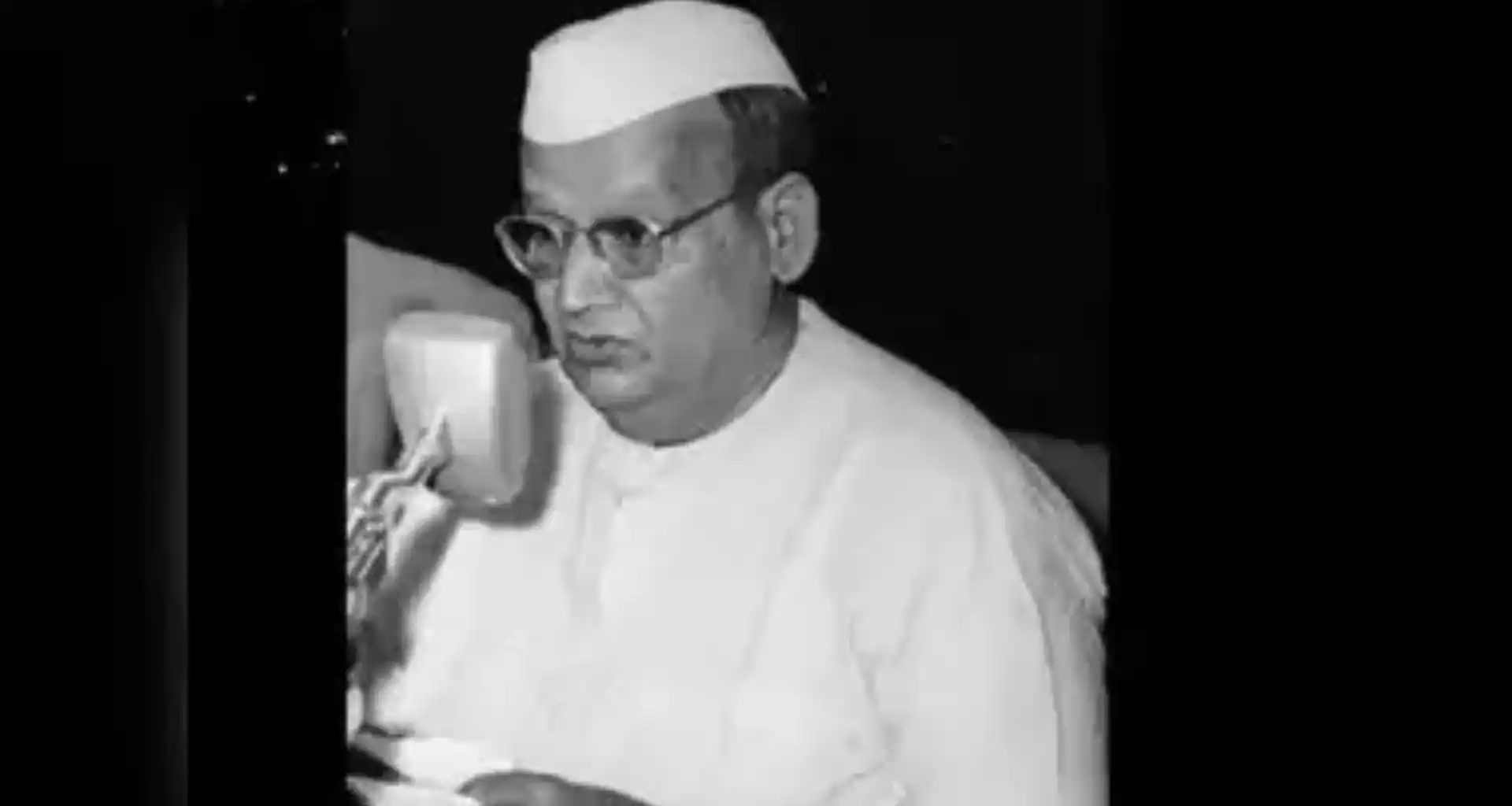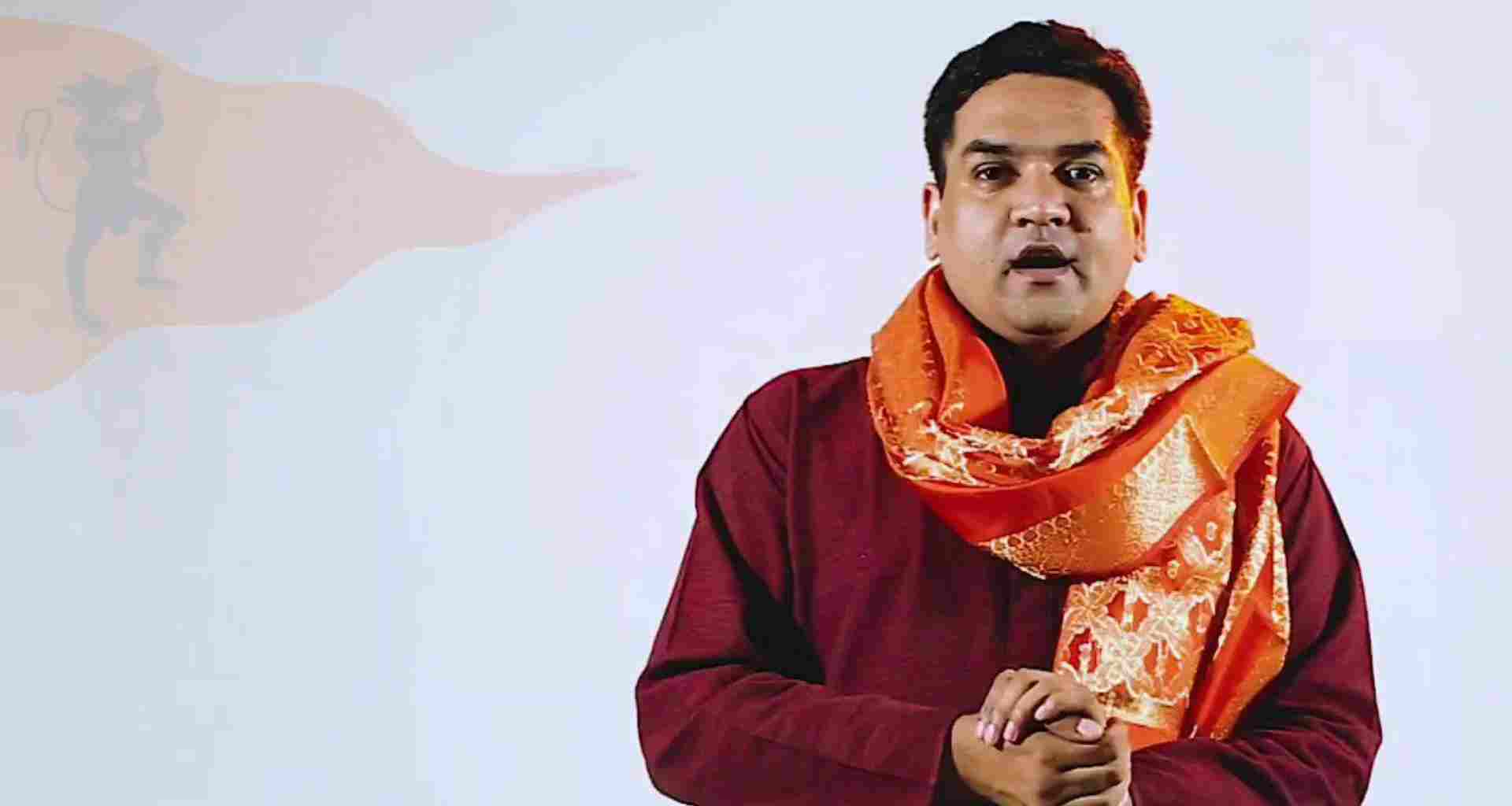Gurmukh Nihal Singh (1895-1969) was one of the most outstanding practitioners in the arena of politics and academia of India. Bar his contributions as the second Chief Minister of Delhi and the first Governor of Rajasthan, he was also a pioneering academic. His leadership and reforms particularly during the formative years after India’s independence shaped the very contours of the regions in which he was associated. The present article bring forward a comprehensive account of the journey of such an individual, his credible achievements as well as his legacies into Indian governance and education.
Early Life: Roots of a Visionary
Gurmukh Nihal Singh was born on 14 March 1895 into a north Indian region of great cultural and historical significance, namely, undivided Punjab. Living through pre-independence India was enough to give views of governance, administration, and the intricacies of how education could reconstitute the society around him.
Singh had an early record of academic brilliance, which was a hallmark through his life. His passionate pursuit of knowledge took him to London, where he graduated with a B.Sc. degree in Economics from the University of London. This overseas education made him more learned and equipped with a worldly perspective that he turned shades into the Indian context in his applications; especially in governance and education.
Academic Career: Laying Foundations in Education
He proceeded to lay down his foundations in his career through academia, which is also where he began to showcase the very same qualities of intellect and of organisational skills. It was in 1920 that his teaching career kicked off with his appointment as Professor of Economics and Political Science at Banaras Hindu University (BHU). He later went on to become Dean of the Faculty of Arts at BHU because of his academic depth and administrative capability.
Singh’s academic contributions were not limited to BHU. His career trajectory included prominent roles at several esteemed institutions:
- H.L. Commerce College, Ahmedabad (1939–1943)
- Ramjas College, Delhi (1943–1949)
- Shri Ram College of Commerce, Delhi (1950–1952)
Teaching was not the only way in which Singh’s efforts found expression. He was also active in shaping educational policy across India, being a member of various important committees of some of the top universities of the country: Varanasi, Allahabad, Lucknow, and Delhi. He has written many books on political sciences and has become a preeminent thought leader in Indian academia.

Delve into Political Affairs: Steered by Principles
Effect of Govind Ballabh Pant
Actually, his entry into politics had nothing to do with this event. It was by virtue of his administrative skills and academic stature that Govind Ballabh Pant, senior Congress leader and then Home Minister of India, noticed Singh. Pant realised that Singh would be able to make a contribution to governance and, therefore, persuaded him to join politics.
In the elections for the Delhi Legislative Assembly in 1952, Singh was the Congress candidate from the Daryaganj constituency and won the election. His leadership qualities propelled him to the post of Speaker of the Delhi Legislative Assembly on May 7, 1952.
Second Chief Minister of Delhi (1955-1956)
The Political Environment
The political horizon in Delhi in the mid-50s was stormy during those times. Singh took over charge from Chaudhary Braham Prakash Yadav, the first Chief Minister of Delhi, who had resigned after creating havoc inside Congress. On February 13, 1955, Singh took charge as Delhi’s second Chief Minister and simultaneously embarked on a journey defined by bold decisions and wide-ranging reforms.
Basic Revelations as Chief Minister
- Prohibition of Alcohol: One of Singh’s most important decisions was to impose a prohibition on alcohol and drinking in Delhi. The whole move was intended to address a whole range of social problems-an actual direct effect of alcoholism, with its immediate and distant ramifications. However, it triggered enormous debate.
- Opposition and Controversy: The prohibition policy has been criticized by various quarters: by the Prime Minister, Jawaharlal Nehru, who feared that it would foster illicit production and smuggling of alcohol. In spite of this, Singh insisted that it was a moral imperative, forcing him to stick to his decision.
- Initially Personal Motivation: He was rumored to have taken a personal interest in prohibiting alcohol on account of his son’s alcoholism.
- Focus on Communal Harmony: As a Sikh leader in a highly heterogeneous city like Delhi, Singh was primarily concerned about communal harmony. The Government made provisions for creating feelings of togetherness and mutual respect among the varying communities in the capital, which was an urgent need in the post-Partition period.
- Administrative Refurbishments: Singh’s time was marked with attempts to bring in the reform of the structure of the administration that controls Delhi. Such measures aim at efficient administration in the future.
Challenges and End of His Tenure
Singh had numerous achievements under his belt but faced severe problems such as:
- Limited Powers: He had to restrict himself as Chief Minister of Delhi, with Chief Commissioner assuming considerable autonomy.
- Dispute in the Party: The opposition created friction in Congress over Singh’s prohibition policies and other actions.
- Reorganization of Delhi: It was on November 1, 1956 that Delhi became a Union Territory, and its Legislative Assembly was dissolved. Hence, Singh’s term as Chief Minister ended at a little more than a year and eight months.
First Governor of Rajasthan (1956–1962)
Singh became the first Governor of Rajasthan after Delhi on November 1, 1956, and his tenure lasted till April 15, 1962. His term as a governor was coinciding with one of the crucial periods in India as the country was undergoing the integration of princely states.
Works as Governor
- Inclusion of Princely States: Singh bore the stamp of both those through the smooth merger of the princely states merging into Rajasthan, thus gaining political stability for the region.
- Rural Development: As Rajasthan is predominantly rural in character, Singh insisted on schemes to bring agriculture, education, and infrastructure @ the improvement level.
- Educational Reforms: Using his academic background, Singh championed indigenist efforts to modernize Rajasthan’s education system concerning access and quality.
Personal Life and Legacy
Family and Personal Values
Singh lived by values-integrity, service, scholarship. Surendra Nihal Singh, his son, continued the tradition of excellence by becoming a famous journalist and editor.
An Overlooked Leader
Singh is largely unknown even today. For, while his contributions might have been enormous, he was indeed viewed as an icon of diversity in the city, the only Sikh Chief Minister that Delhi has ever had.
Advocate of Education
An Indian academic icon, Singh contributed immensely towards a strong educational foundation in his country. He not only made an excellent academic performance as a teacher but also influenced positive policy decisions concerning higher education in the country. His tradition on academia is by now alive in all of the future generations.
Important Lessons from Gurmukh Nihal Singh’s Leadership
- Visionary Governance: His emphasis on prohibition and administrative reforms highlighted Singh’s commitment to societal improvement and effective governance.
- Academic Excellence: His educational background informed his style of governance, which practiced considered planning and policy formulation.
- Inclusivity and Harmony: As a Sikh political leader, Singh’s term underscored the value of diversity and unity in governance.
- Bold Decision-Making: This demonstrated his commitment to principle rather than popularity, through his willingness to take difficult and unpleasant positions, as in prohibition.
Conclusion
His life is a story of what education, leadership, and earnest effort can accomplish. Beginning as an academic, moving into service in the capacities of Delhi’s second Chief Minister and that of the first Governor of Rajasthan, Singh had made contributions immortal in Indian politics and governance.
His legacy may have faded with the passage of years, but his story is an inspiration. His principles, policies, and achievements have illuminated the path toward leadership that prioritizes the needs of society over its particular portions. His life remains as a reminder that even moments in history may still be long remembered when guided by vision and integrity.


